Lamborghini Temerario First Drive: The 10,000rpm V8 Future Is Bright
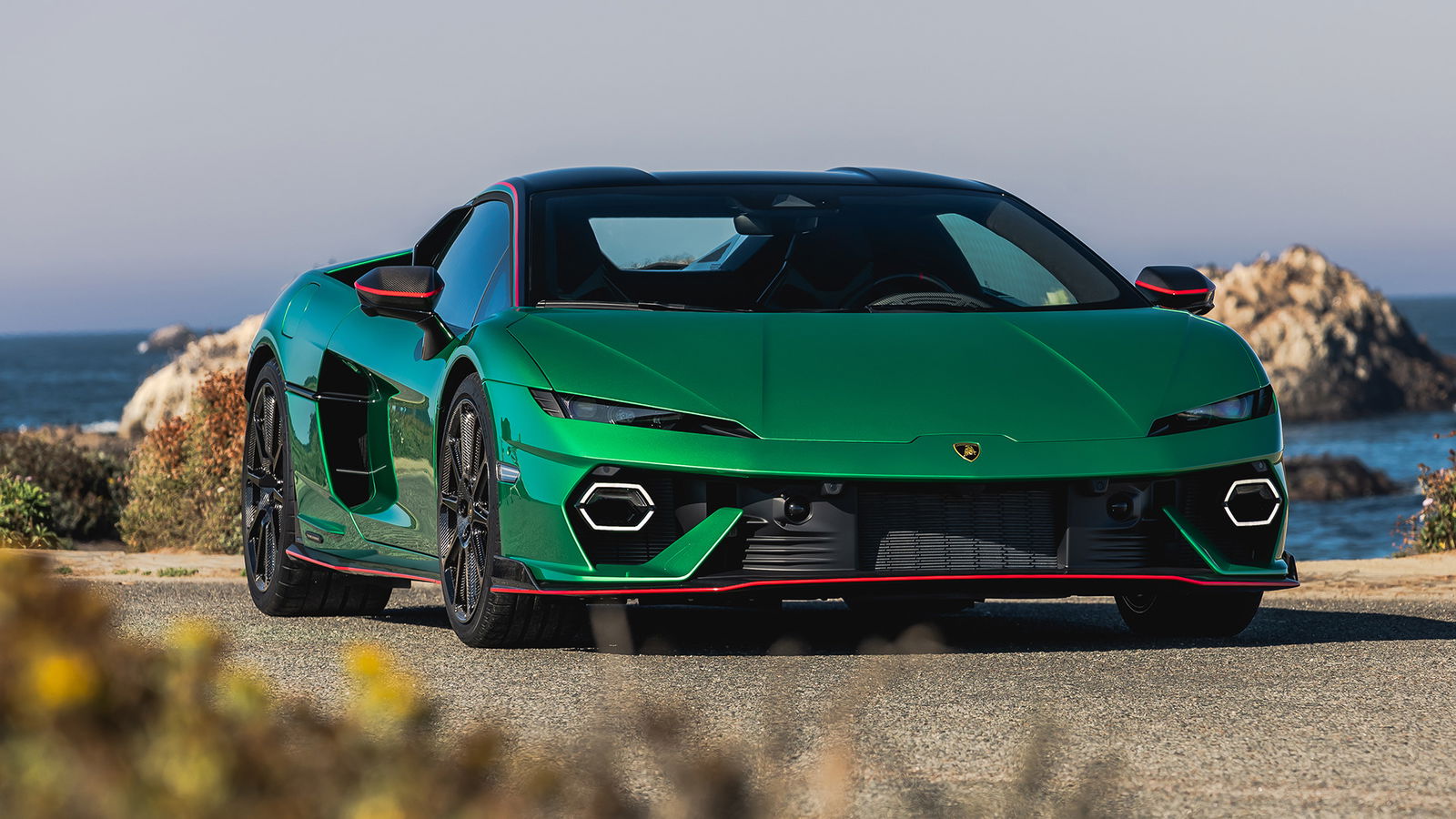
Pros
- Incredible soundtrackBonkers fast
Cons
- Hard to follow up on a glorious V10Haven’t driven it in the real world yet…
Well, the V10 is dead. With the end of production of the Audi R8 and Lamborghini Huracan, the last stands of 10-cylinder road cars have fallen by the wayside, and unless there’s a dramatic breakthrough in the availability of carbon-friendly synthetic fuels, it doesn’t look like another is coming anytime soon.
Which means, for the first time under Audi ownership, the new baby Lamborghini arrives without V10 power. In its place, a 10,000rpm V8. The Temerario is here, and we’ve had a brief but insightful go.
Naturally, our focus is on the powertrain. Although at the heart of a hybrid system sits a 4.0-litre twin-turbocharged V8 developed with VW Group money, it’s not the one you’d find used widely by Audi, Porsche and most recently Bentley. This is an engine built and designed by the Italians, for the Italians.
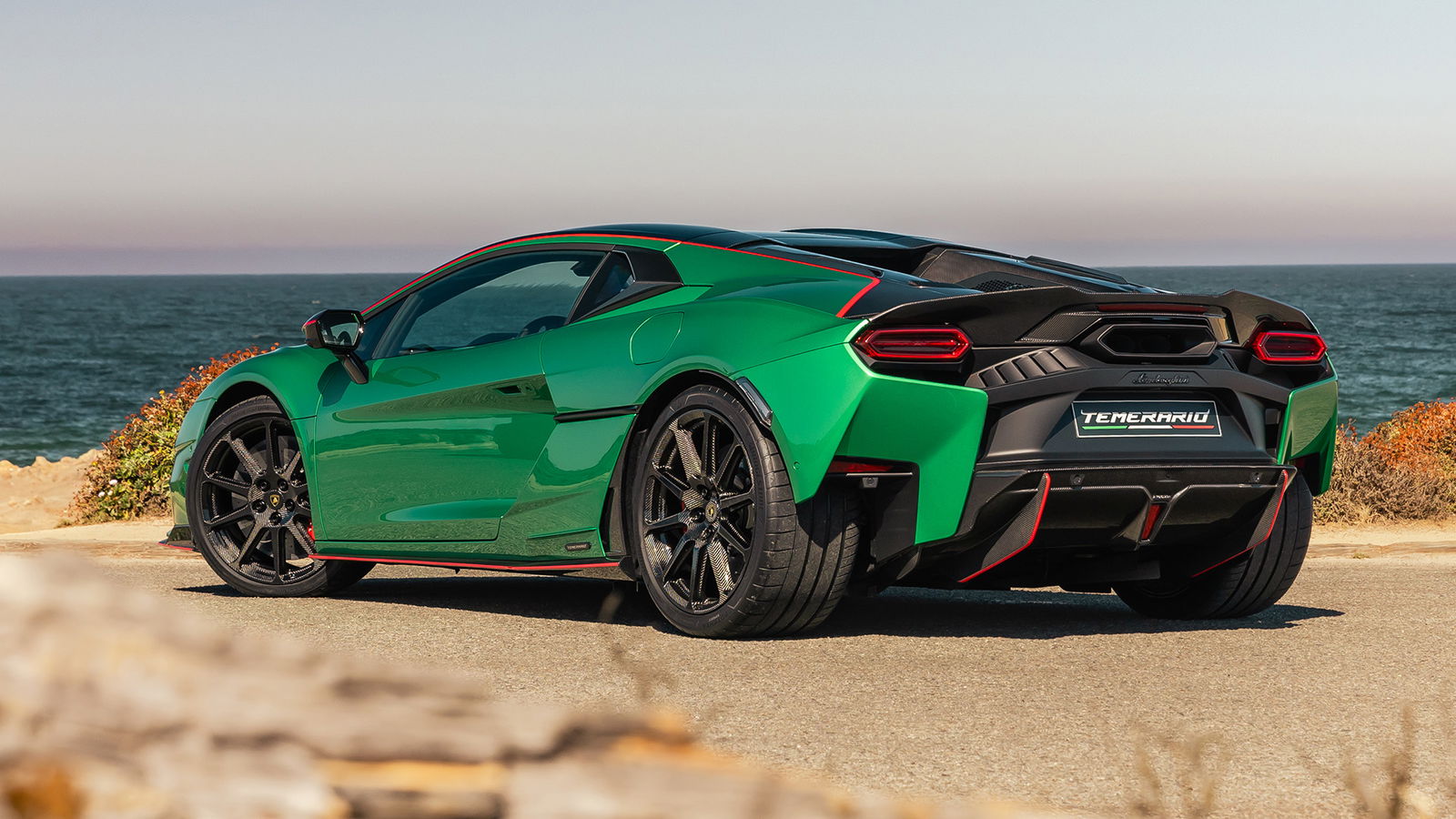
Based on a flat-plane crank, the engine itself is capable of producing 789bhp, with that power sent exclusively to the rear axle. A bonkers thought for a ‘baby’ Lamborghini, and that’s before you consider the electrification.
Using the same hybrid system you’d find on the Revuelto, the Temerario’s front axle is powered by two electric motors while a third sits between the engine and the eight-speed dual clutch gearbox. Total outputs sit at 907bhp and 538lb ft of torque. Crikey. On paper, that’ll allow for 0-62mph in 2.7 seconds and a top speed of 213mph.
For all that, though, switching the Temerario on for the first time is a subdued affair. There’s a novelty in booting up in silent EV mode in something that looks like it belongs more in the virtual skies of Ace Combat than planted on the surface in a proving ground in Bedfordshire (and not sunny Portuguese countryside for us, as these lovely images would suggest).
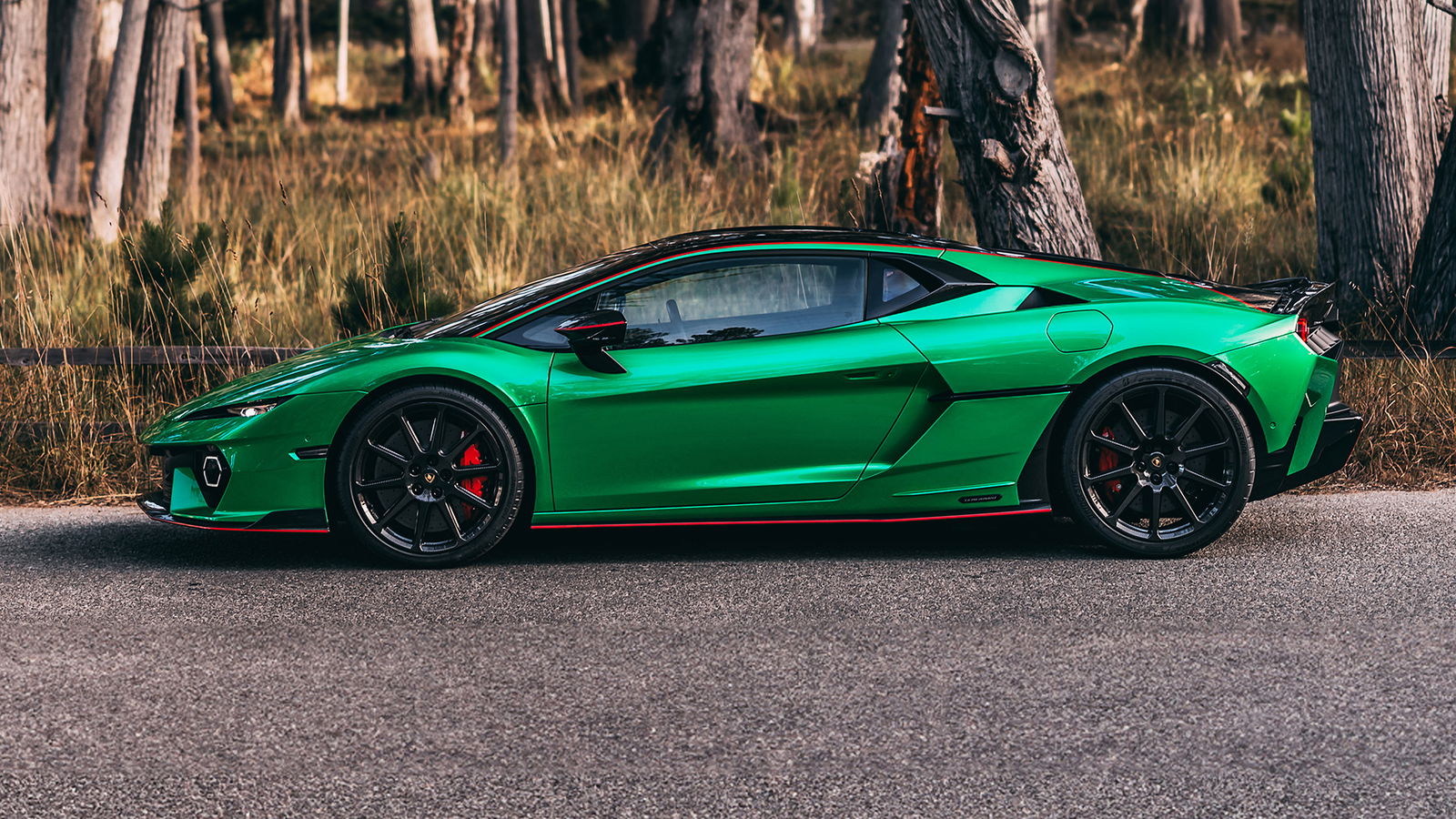
Sure, you won’t be going far doing this – although a plug-in hybrid, you’d be doing well to get five miles out of a full charge rolling just on the electrons of its 3.8kWh battery pack. When you’re doing so, though, it’s a nippy thing, feeling quicker and more responsive than most city-oriented EVs. Handy if you need something for your commute from Knightsbridge to Mayfair.
And then you mentally slap yourself on the face, and remember this is a Lamborghini. Switch over to Corsa mode, with the powertrain set to hybrid, and the V8 burbles into life. It’s not an eruption as the V10s of old had so much as a gentle awakening, but you’re aware of its presence. The vibrations through the chassis and that engine behind you knocking at the door of your eardrums feel properly Lamborghini. Then you put your foot down. Oh, great heavens.
This is a pin-your-stomach-through-your-spine kind of car. The rate of acceleration is phenomenal, and the power delivery is instantaneous and linear. You’ll find yourself quickly reaching for the shift paddle before clocking that you’ve still got another 3000rpm to go, and it’s there where the true joy of the Temerario can be found.
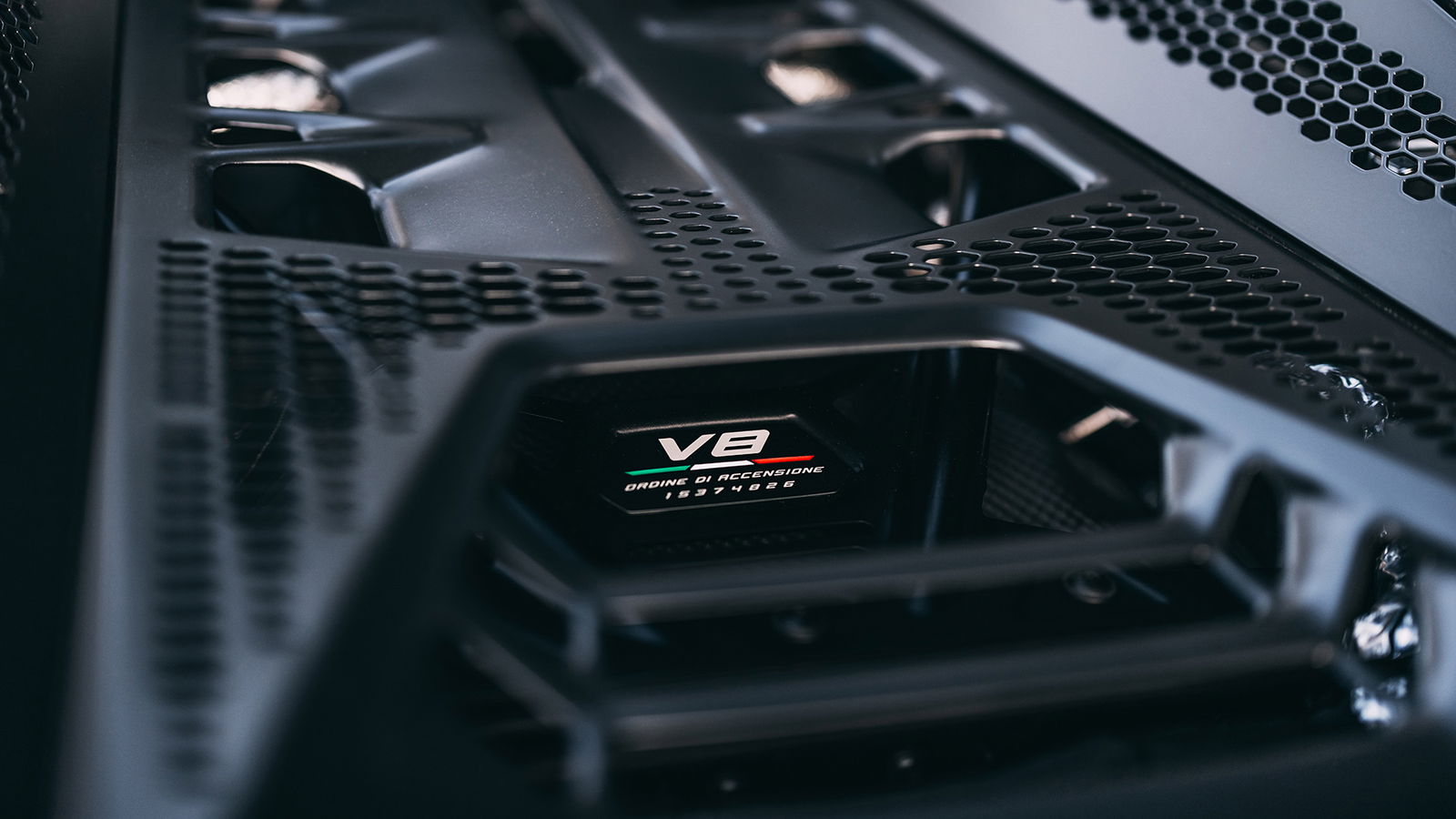
Sure, it doesn’t sound as glorious as a V10, but the superbike-esque note is a whole different sort of joy to behold. It absolutely screams to that 10,000rpm redline, and never relents on its forward momentum. You have to remember this is a ‘baby’ Lamborghini as well, the one that’s supposed to sit under a Revuelto, yet from the sensations your brain attempts to process in real time, it feels like it could go punch-for-punch with its bigger brother.
It’s no one-trick straight line pony either. Its dry weight of 1690kg (and tipping over 1.8 tonnes when you throw in fuel, fluids and a scruffy motoring journalist) would suggest something boat-like, but it’s anything but. It feels taut and agile, almost Lotus-esque.
Torque vectoring across the front axle gives the impression of near-unlimited grip, while the decision to send combustion power purely to the rear axle results in a lively yet well-managed rear end. It’s exciting in the way a Lamborghini should be, yet controlled like a precision instrument.
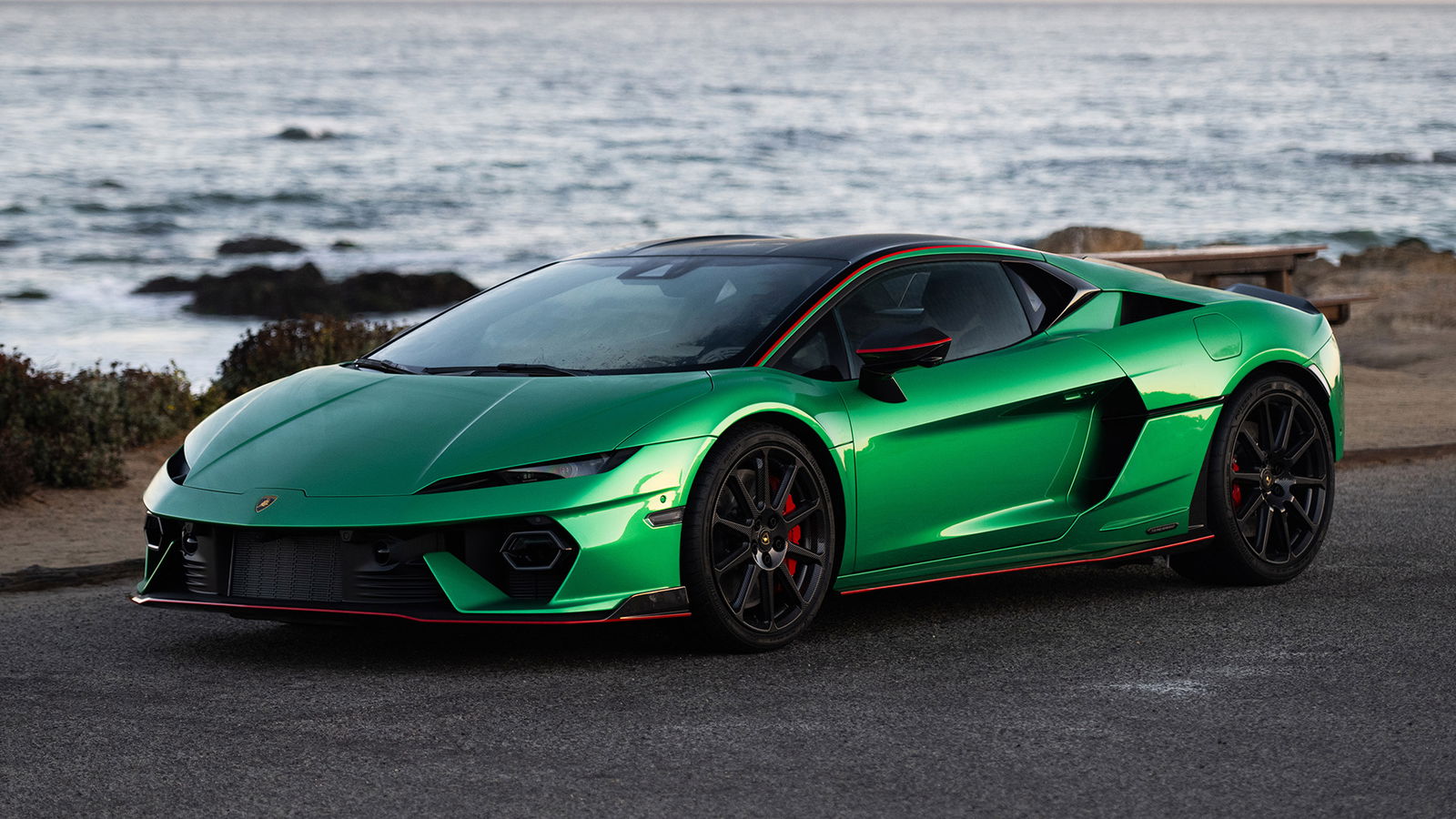
Then plant the brake pedal, and standard-fit 10-piston callipers gripping carbon ceramic discs (410mm up front, 390mm rear) will quickly relocate your organs that had previously become lodged somewhere against the seat backrest. Pedal feel is firm, yet progressive enough to keep deceleration well-managed.
We’ll have to wait until we can get the Lamborghini Temerario out in the real world to truly explore how talented it is at being anything other than an instrument of performance, but the early signs are promising. We’re not over the death of the V10, but its replacement has shown us the new path is a bright one.
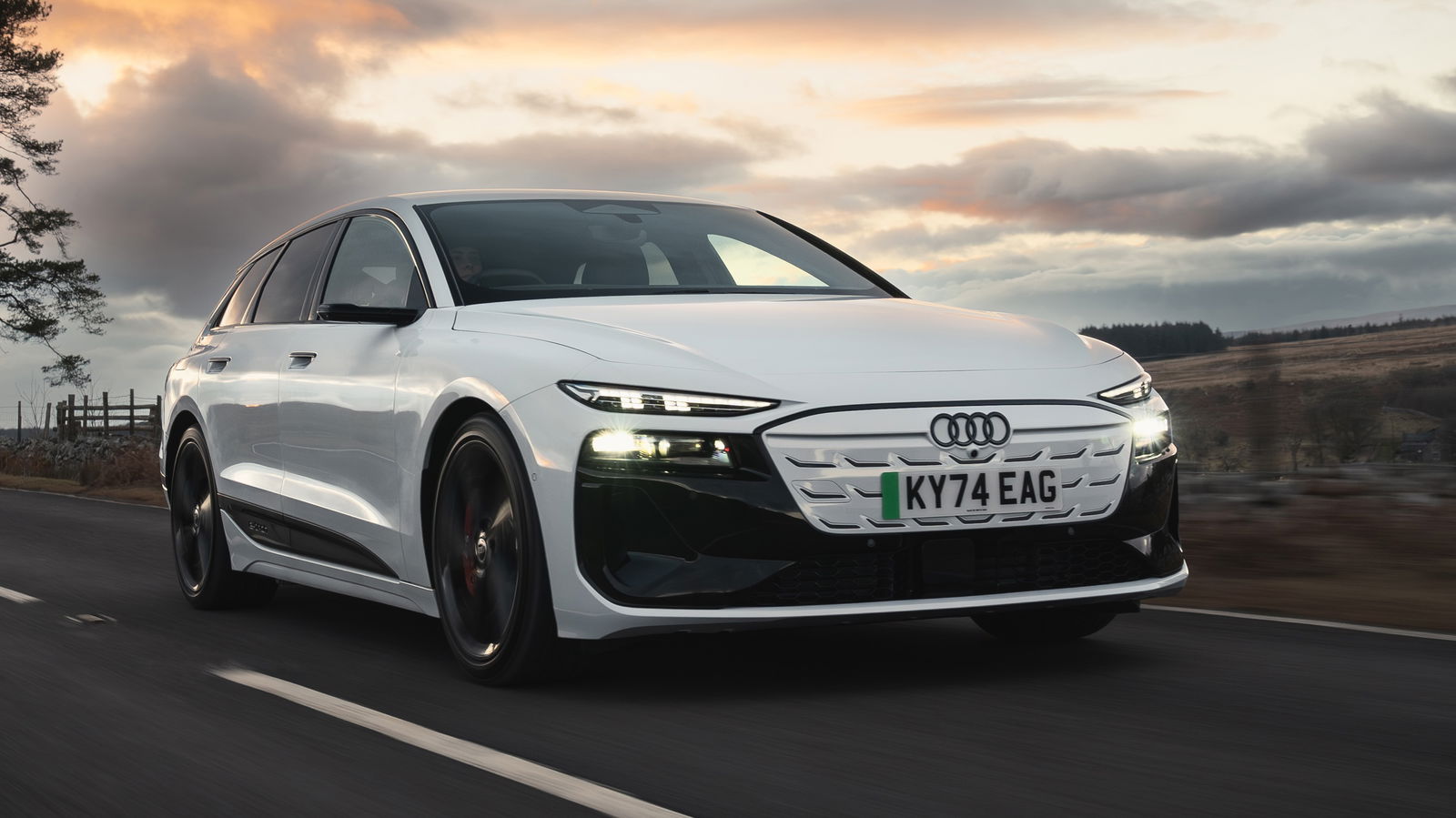
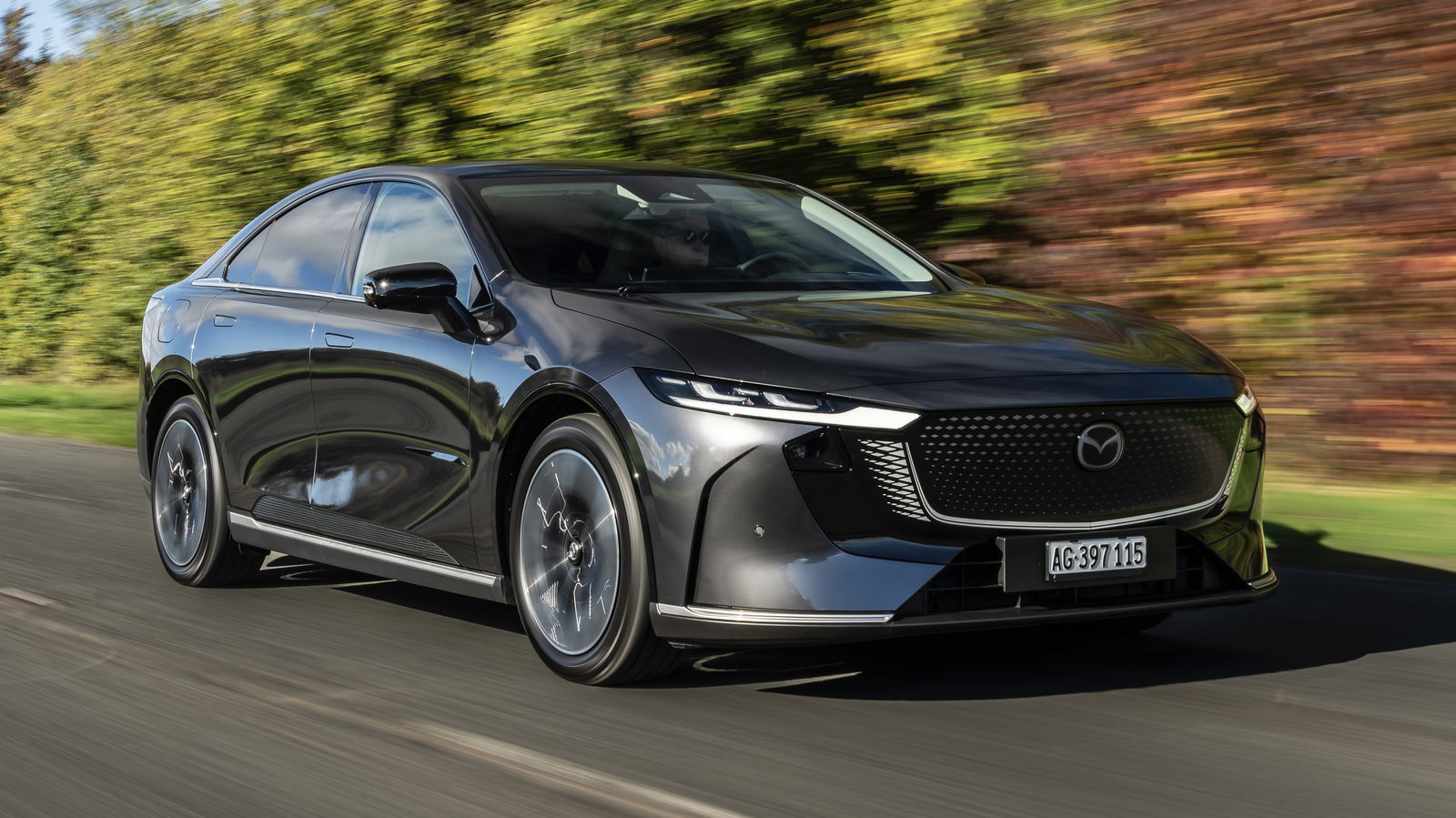







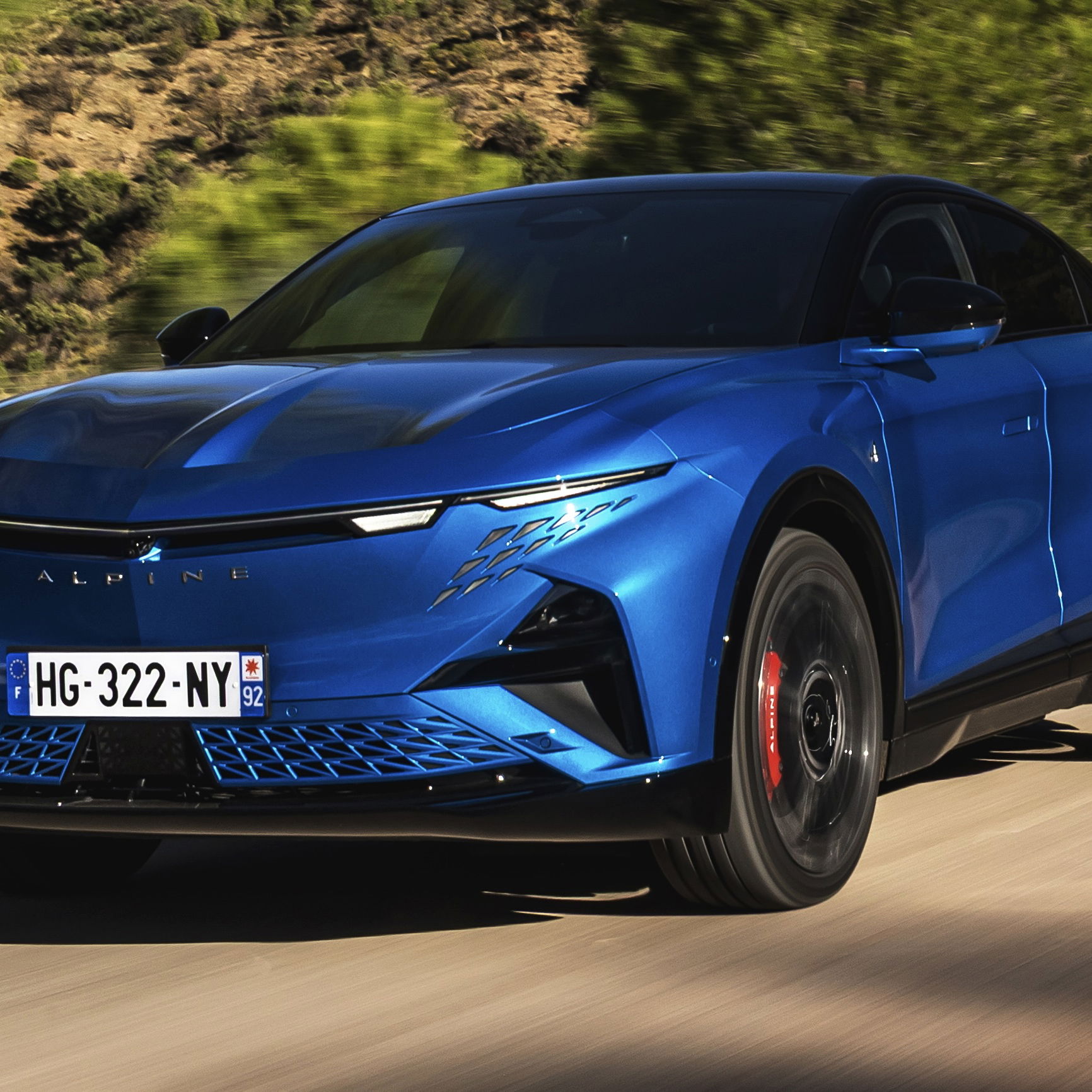




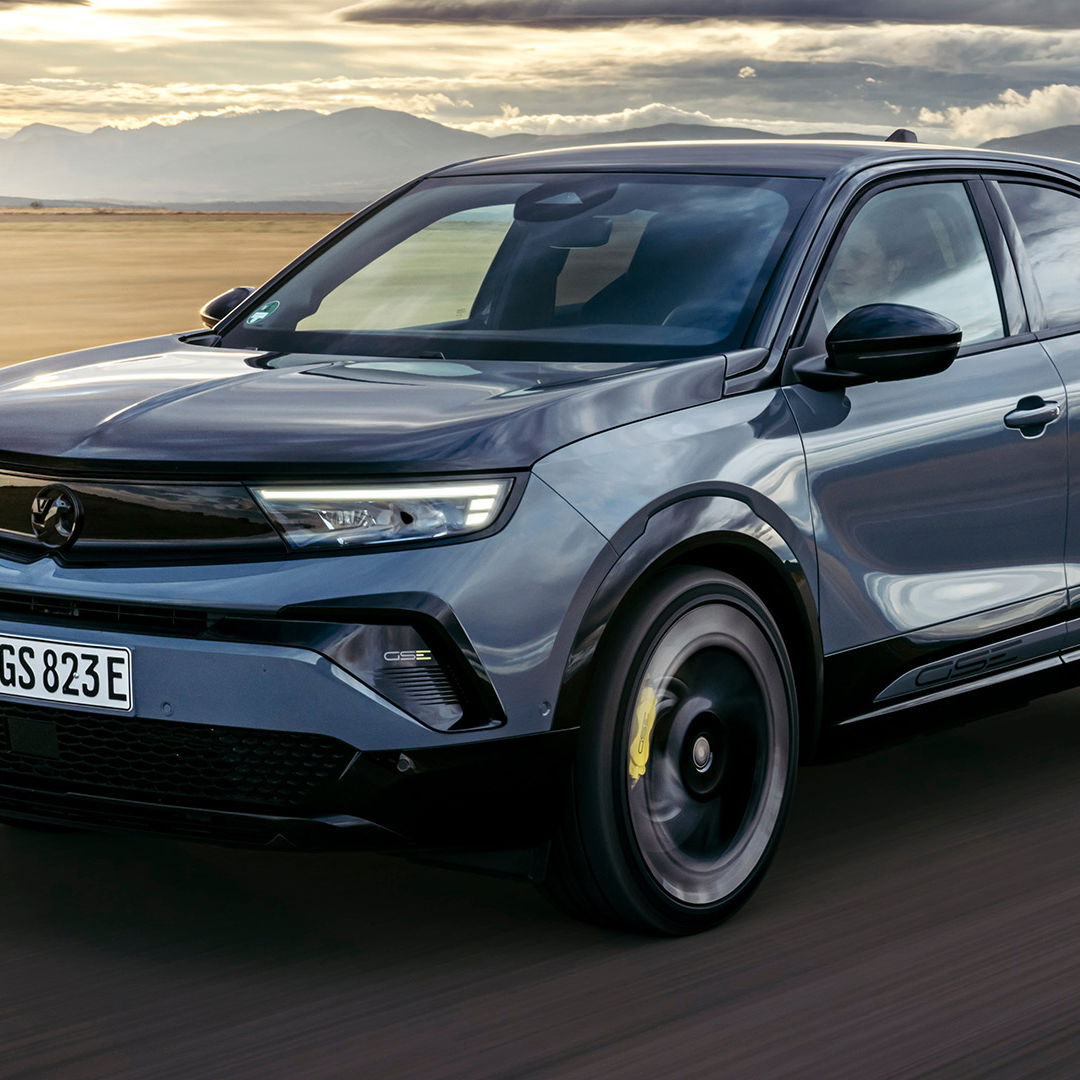
Comments